Greater predictability is needed in the electric vehicle market if investors are to provide the funding to get the UK’s public charging infrastructure fit for the future.
Speaking at the Fleet200 Strategy Network meeting at De Vere Wokefield Estate in Reading in May, Steer’s associate director Alex Georgianna said fleets are the first users of EVs, and as such the proportion of EVs operated by organisations is much higher than the proportion for the total UK vehicle parc.
“We are more quickly becoming users of EVs,” he added.
However, there are still a number of factors inhibiting fleet electrification. “Really, they come to two major themes,” said Georgianna. “One is the cost of the vehicle, and the other is the availability of energy.”
A hypothesis is that fleets will soon depend on private and public charging to meet their duty cycles. “When we think about the UK’s five million vans, how many of those will be able to charge in a depot which could be electrified?,” said Georgianna.
“It will be a relatively small proportion. A larger proportion will depend on energy en route, and that will come from public charge point operators.
“Fundamentally, you could tell me you can’t transition to EVs because you don’t have access to a changing resource that allows you to satisfy your first mission, which is servicing your customers.”
Winning investment in improving the public charging infrastructure is key to overcoming this issue, says Georgianna, and potential investors need predictability in the market to unlock funding.
“We’re all desperate for predictability, both in the availability of diesel and electric vehicles, and also what effect those changing flexibilities within the ZEV mandate are going to have,” said Georgianna.
“We all have a real challenge in anticipating, predictably, what the availability of replacement vehicles is going to be in the diesel or the electric paradigm.”
This predictability is also key in encouraging investment so new charge points can be installed in the right places to meet future demand.
“Investors are looking for opportunities to get involved in this new asset class, but because they need to put the infrastructure in the ground before the demand makes itself present, my job is to identify where that demand is going to come from and when it is going to come,” said Georgianna.
Steer has been working with Transport for the South East looking at Brighton and Hove, and Slough, exploring the specifics of where and when van operators require energy and how it can best be delivered – creating the examples and predictability needed to motivate further investment into the infrastructure.

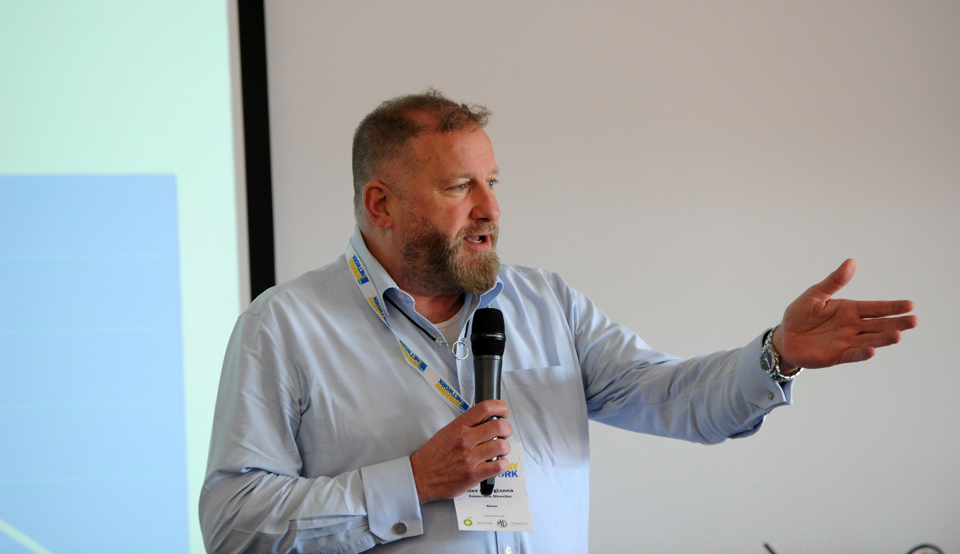


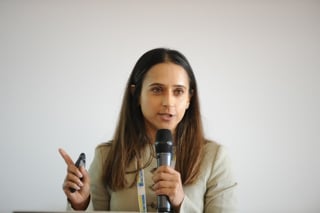
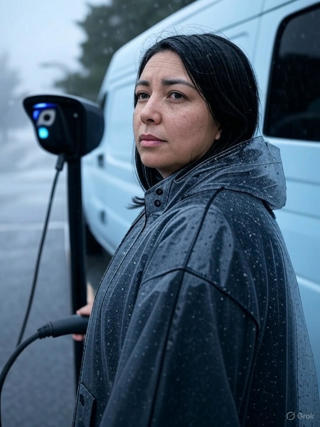

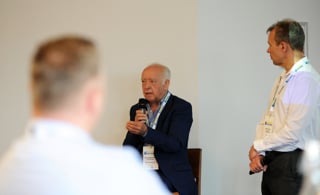
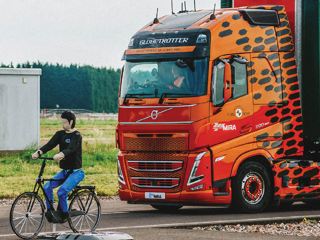












Login to comment
Comments
No comments have been made yet.